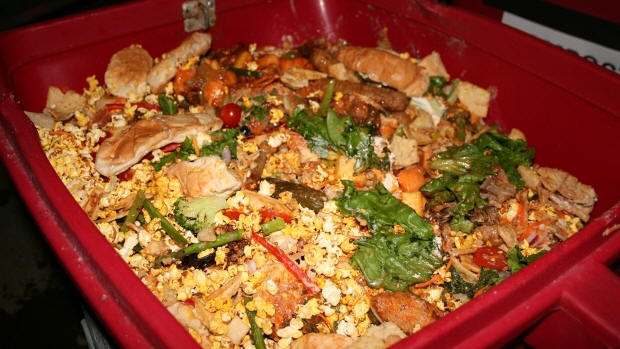 File: Shawn Wright Waste & Recycling News
North Carolina needs to increase its
diversion rate for food waste, a new state study finds.
File: Shawn Wright Waste & Recycling News
North Carolina needs to increase its
diversion rate for food waste, a new state study finds.
Food waste generated in North Carolina tops 1.1 million tons each year, and the state isn't doing enough to divert that waste from landfills, a new study shows.
According to the study by the N.C. Division of Environmental Assistance and Outreach (DEAO), the state needs to work with local governments to expand collection of food waste, particularly from supermarkets and from residents at the curb.
The study estimates that food makes up at least 12% of municipal solid waste in North Carolina, including 673,362 tons from households – more than seven pounds of waste per household, per week. The commercial sector, mostly restaurants and grocery stores, generate an estimated 569,343 tons of food waste every year.
Only about 60,000 tons of food waste is being diverted from landfills each year, the report says.
"Food waste diversion represents a major opportunity for the state to increase material recovery and should become an increasing priority for local and state recycling programs, as well as food waste generators such as supermarkets and restaurants," Scott Mouw, state recycling program director, said in a press release. "Since curbside recycling is on the rise, and we've made progress with many other recyclable materials, food waste is the next frontier for reducing the state's dependence on solid waste landfills."
![]()
w w w . w a s t e r e c y c l i n g n e w s . c o m
copyright 2012 by Crain Communications Inc. All rights reserved.